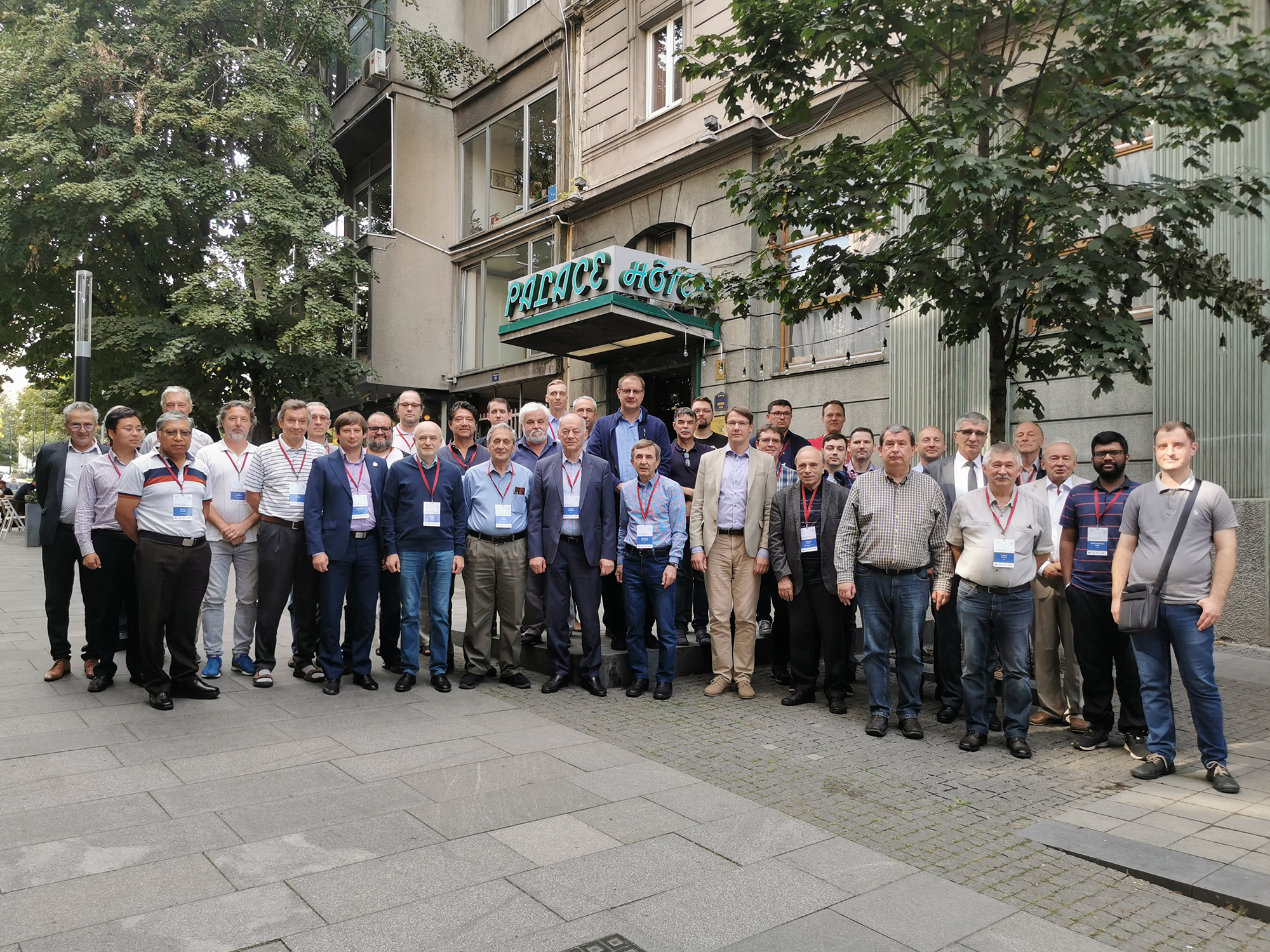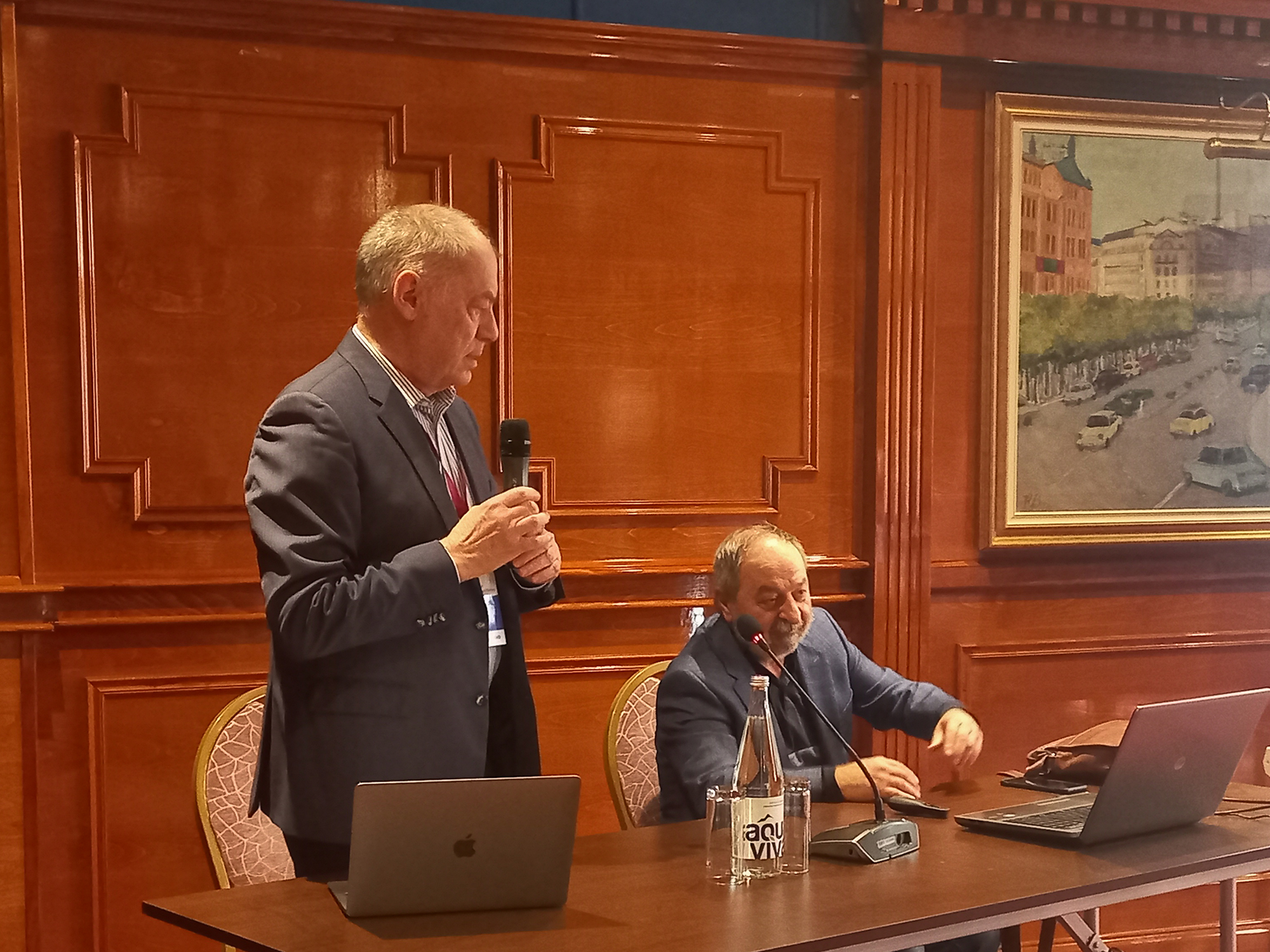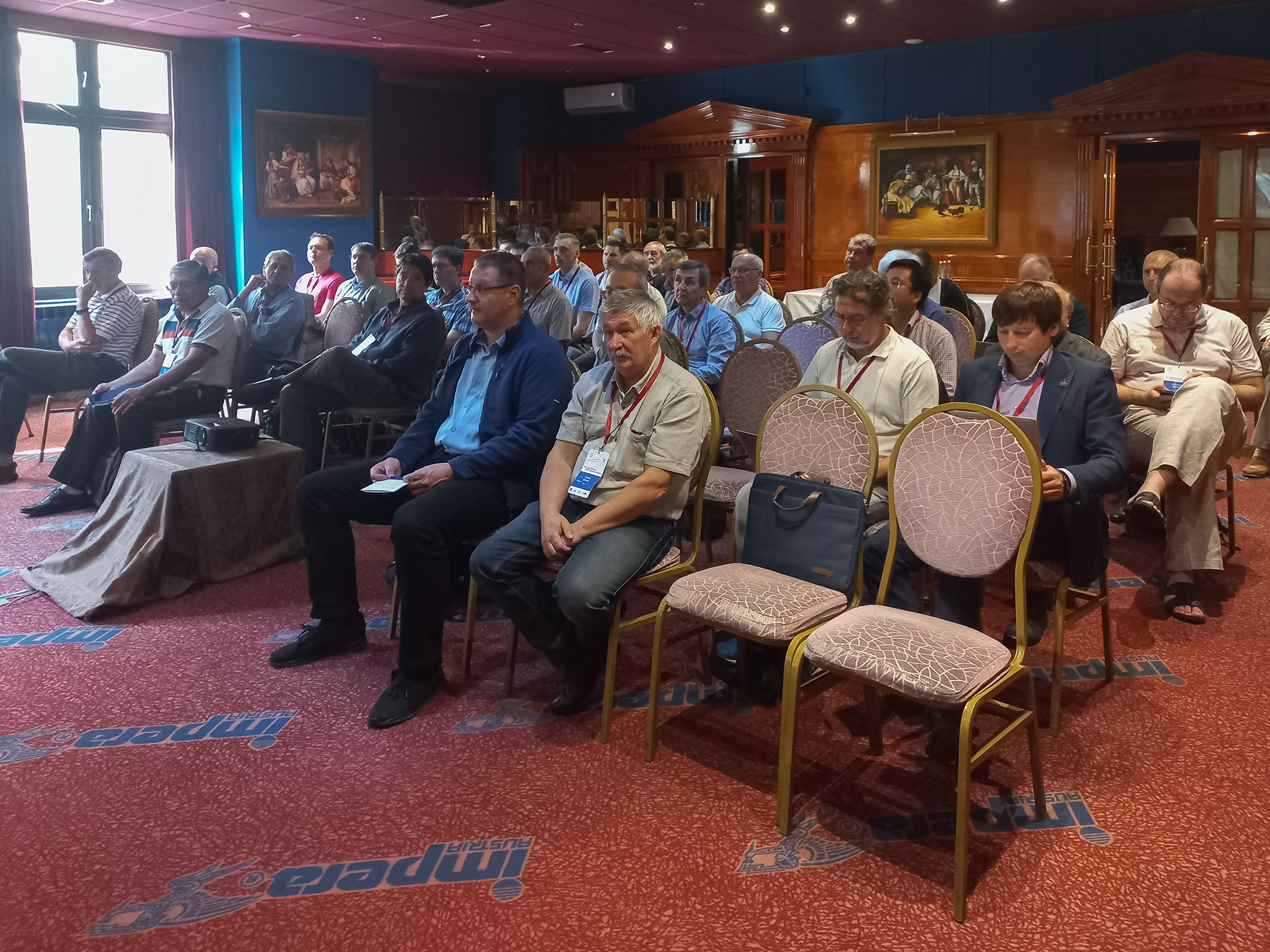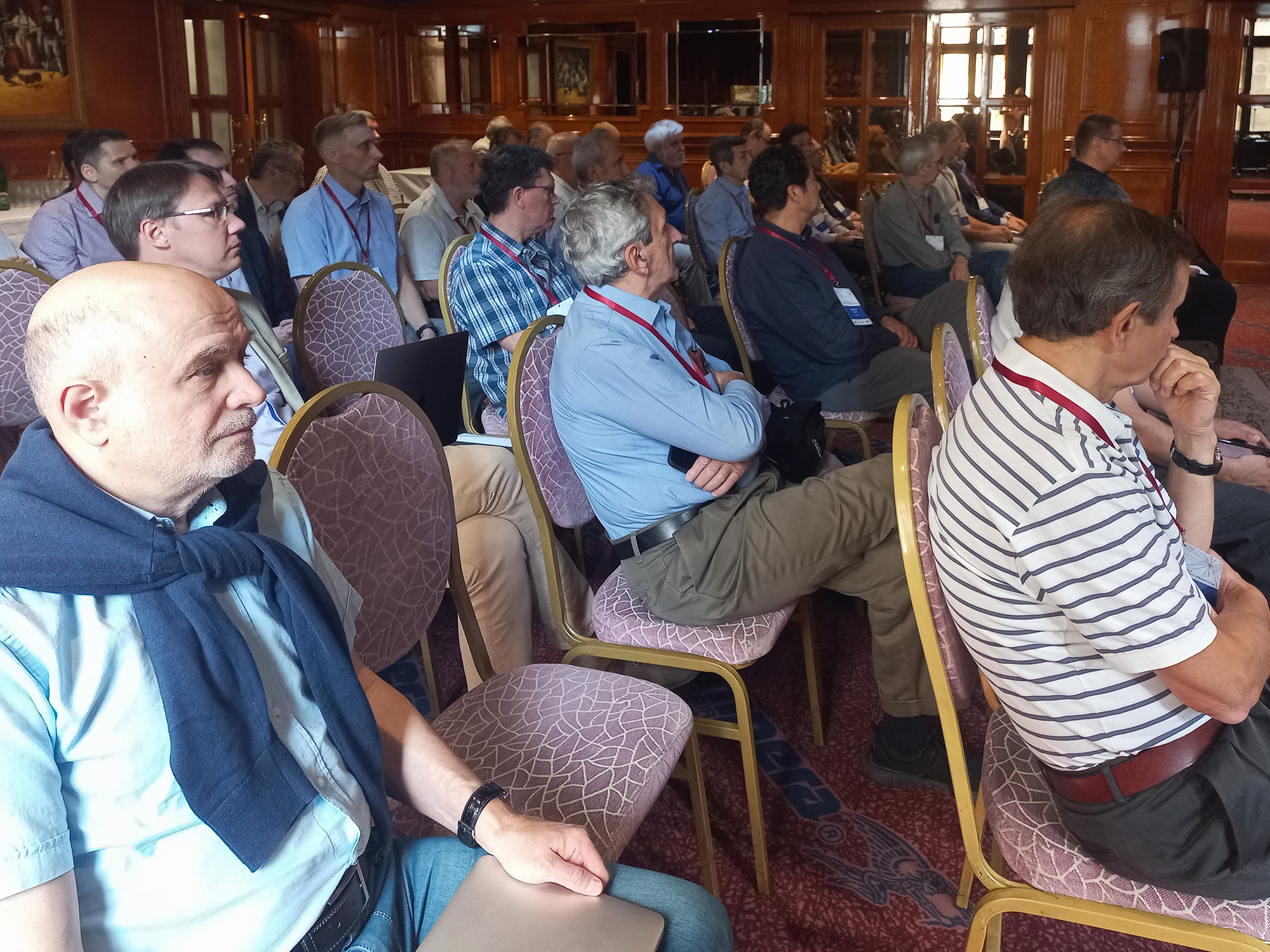MPD collaboration discussing experiment’s progress in Serbia
Conferences, 05 October 2023
On 4 October, the 12th Collaboration Meeting of the MPD Experiment at the NICA Facility started at the Vinča Institute of Nuclear Sciences in Belgrade. Reports of the first day of the event have highlighted that the project is successfully overcoming obstacles caused by external circumstances. The first test launches of the collider are still scheduled for 2024. There is a need to postpone the start of data collection in a collider mode until the middle of 2025. More than 120 specialists from research centres of Bulgaria, China, Egypt, Georgia, Israel, Mexico, Mongolia, Russia, and Serbia are participating in the event.
Opening the meeting, JINR Vice-Director, Leader of the NICA Project Vladimir Kekelidze noted the successful outcome of the longest commissioning run in the history of the experiment completed in February this year. “For the first time, all the elements of the accelerator complex operated properly for more than four thousand hours. As a result of the run, the BM@N Collaboration collected more than half a billion events, which means that the first physical programme at NICA has started,” – he highlighted. Vladimir Kekelidze also informed the audience that the most of the collider’s magnets are ready, and 80 dipole magnets have been already installed in the arches of the tunnel. Construction work at the complex has been almost completed, and specialists are expecting the delivery of engineering equipment. The cryogenic complex of the NICA Project will be put into operation within the next few months. “Despite the obstacles related to the delivery of finished equipment and the fulfilment of contract terms by our colleagues caused by external circumstances, the MPD Collaboration successfully finds solutions to these problems, and the project develops,” Vladimir Kekelidze added. In addition, he emphasised that the leaders of the NICA Project decided to postpone the start of data collection in a collider mode from the end of this year until the middle of 2025.
Member of the Governing Council of the Vinča Institute of Nuclear Sciences Ljupčo Hadžievski spoke at the meeting. “Despite the arising difficulties, we are always glad to find new ways to strengthen our collaboration and ready to assist our colleagues from JINR. One of the results of our support is the organization of the meeting here in Belgrade,” he highlighted.
Evgeny Syresin reported on the status of the NICA Megascience Project and its plans. A technical launch of the collider is scheduled for the end of summer – beginning of autumn 2024 to test the operation of the cryomagnetic system. At the end of 2024, specialists will run xenon and bismuth ion beams at the collider. Postponing the date of the collider’s launch has been caused by a delay in the delivery of finished equipment for the Nuclotron – collider transport channel, including power supplies, beam diagnostics systems, vacuum chambers, etc. The development and creation of new necessary elements of equipment by the Joint Institute is planned for the next year.
The collaboration’s spokesman Victor Riabov (PNPI) reported on the status of the collaboration and progress in the implementation of the MPD Project. The project brings together more than 500 participants from 35 institutes in 11 countries. During the previous collaboration meeting, the Institutional Board of the collaboration elected Arkady Taranenko, a VBLHEP at JINR leading researcher, Deputy Leader of the MPD Collaboration. Moreover, two new scientific organizations joined the collaboration, including Peter the Great Saint Petersburg Polytechnic University and the Institute of Physics and Technology in Almaty, Kazakhstan.
All components of the first stage of the MPD Experiment are actively being developed and tested. At the meeting, speakers are delivering reports on each system of the MPD Experimental Facility. Participants will also discuss the software and computing infrastructure of the detector, as well as the reconstruction of events in the experiment. Speakers of physical work groups will deliver progress reports. The event will last until 6 October.




